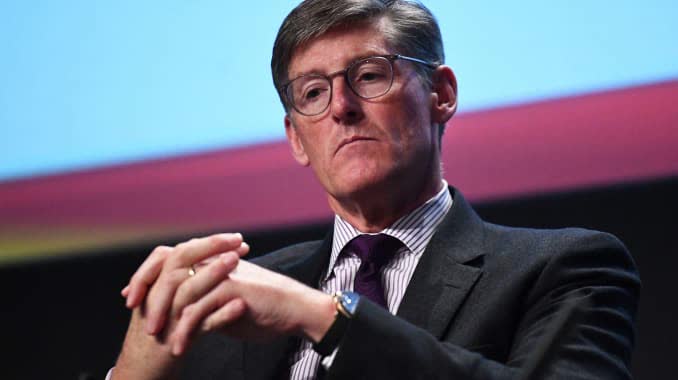Summary
- A perfect storm has hit the stock.
- The extraordinarily cheap valuation suggests it is a compelling buy.
- But for investors to come aboard, Citi needs a strategic rethink.
- Citi is a disadvantaged owner of its Asian and Mexican banks.
- Citi simply has to radically transform to catch up with peers' valuation.
- The COVID-19 crisis has been the great accelerator in many areas.
This unprecedented crisis has also exposed Citigroup's (C) strategic vulnerabilities inherent in its business model. Putting it simply, running an emerging-markets global consumer bank under the umbrella of a globally-systemic bank in hindsight is completely sub-optimal (if not insane!).
Selling the Asian and Mexico consumer franchises is extremely accretive for shareholders, and in this article, I will explain why.
Citi will probably do just fine once the economy normalises and will likely trade above tangible book once again, so I would certainly buy the stock at current valuations. Nonetheless, a strategic rethink can unlock massive shareholder value and turbo-charge returns. This is the opportunity presenting itself to Citi's new management team and one that investors should pay close attention to.
Revisiting the Corbat's Strategy
Citi's CEO strategy was aimed at delivering a mid-teens return on tangible equity (RoTCE). It expected to generate ~20% RoTCE in its consumer bank and close to mid-teens in the Institutional Client Group (ICG).
Given banking revenue growth in developed markets largely tracks GDP growth (and some). Citi expected to generate low-single-digit revenue growth whilst maintaining costs flat whereby efficiency initiatives largely offset technology investments and volume growth.
From a regulatory capital management perspective, the strategy also appeared sensible. The two distinct businesses are complementary whereby ICG assets consume very little capital, but are extremely leverage hungry (think about notional swaps/derivatives as an example). Whereas the Consumer Bank is a mirror image - it is a high RWA density business and thus consumes a high capital charge, but at the same time, it is extremely leverage light.
Citi also sought to return increased amount of capital to shareholders primarily in the form of buybacks. Citi's obsessive focus on managing the CCAR bore fruits, and it successfully managed to deliver increased capital returns over the last four years.
On the cost side, Citi appeared to also deliver by keeping costs broadly flat. However, as we recently found out, Citi also seemed to have cut some corners by starving the businesses of key technology investments. This has reportedly cost Mr. Corbat his early exit.
(Source: CNBC)
Even prior to COVID-19, Citi struggled to fully meet its targets. The culprit was heightened competition in the Credit Cards space and therefore Citi failed to deliver on the stated objectives for the Global Consumer Bank.















